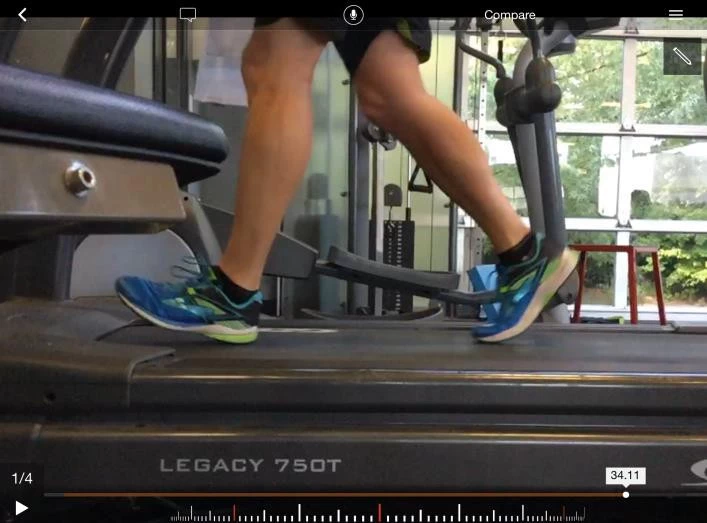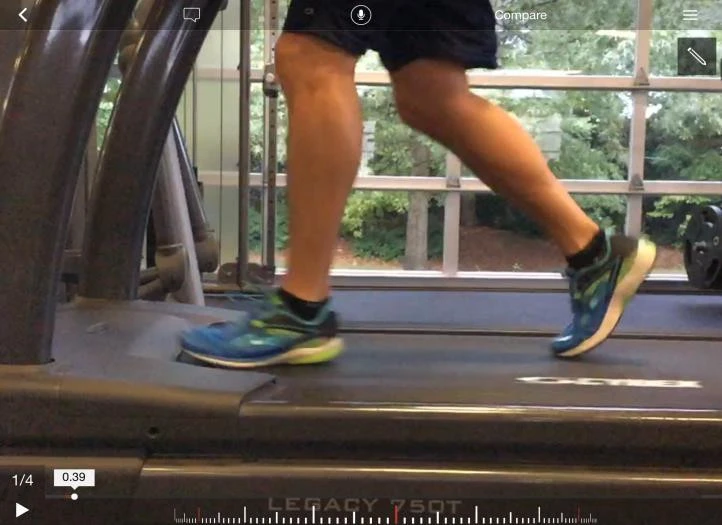Chris Gabriel, OCS, CSCS
If you have spent any time around road races, track meets, or just watched people jogging for fitness, you will quickly notice that no two people run exactly the same. Some glide effortlessly, seeming to expend little energy and appear like they could run for days. Others seem to crash into the ground with each step, causing us to say a silent prayer on behalf of their running shoes!

While there may be no perfect way to run for everyone, we can all benefit from a few tips that can improve running efficiency, allowing us to all have more fun, and run faster and farther with less effort. One of the easiest ways to make a change is through manipulating cadence. Cadence refers to how many times the foot hits the ground per minute. Elite runners tend to have a cadence around 180, while recreational runners tend to be around 160. A faster cadence equates to a shorter, more efficient stride, and decreased stress on our joints.

There are various apps available that can monitor your cadence, and some provide a metronome (audio beep) that the runner can coordinate his or her foot strike pattern to. This can be an easy way to move away from the heel strike pattern we see in the slower cadence runners, to more of a mid-foot strike pattern we see in more accomplished runners. As you can see in the second photo, when we run with more of a mid-foot strike, the knee is slightly bent at impact which allows the muscles to do their job and absorb force.
Working towards a mid-foot strike, more upright shin, slightly flexed knee, and gradually working your cadence from 160-165-170-175 and eventually to 180, will help you become a more efficient runner, have more fun, and decrease stress on your joints.
Back




Leave a Comment